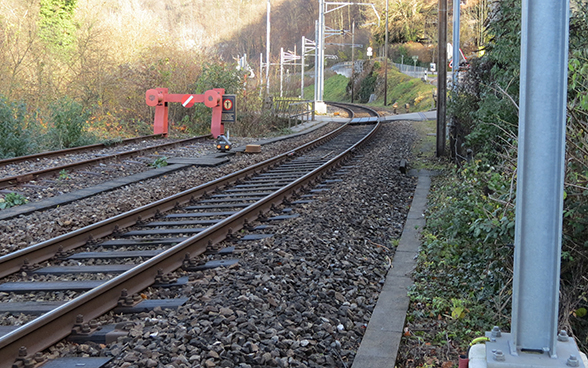Expansion of services and infrastructure

© FOT
Despite the ongoing railway expansion programme, the Swiss railway network has already reached its maximum capacity. Many stations are also overstretched and have not yet been adapted to the needs of people with disabilities.
The greatest congestion after 2030 is expected in passenger traffic around Geneva/Lausanne, Zurich and Bern, particularly on the Geneva–Lausanne–Yverdon, Bern–Thun, Solothurn–Olten–Zurich–Winterthur and Zurich–Zug–Rotkreuz sections of the network.
Congestion on the private railway network exists in particular on the Lausanne–Echallens, Täsch–Zermatt, Bern–Niederscherli, Bern–Muri, Bern–Oberzollikofen, Lucerne–Hergiswil and the Zurich Main Station–Zurich Selnau sections of the network.
By 2030, there are also likely to be insufficient train paths for freight traffic too, especially on the west-east axis. There is also a need for faster connections on freight traffic routes.
To overcome these deficiencies around 200 major and minor upgrades are necessary. These include a tunnel for a direct Neuchâtel–La-Chaux-de-Fonds route, the Brütten base tunnel and the Zimmerberg II base tunnel, expansion of the Lötschberg base tunnel, upgrades between Yverdon, Lausanne and Geneva, as well as to the St Gallen hub. In addition, various railway stations will be modernised and new ones built. Part of the budget will be used for adapting platform facilities to the needs of people with disabilities and for storage sidings.



